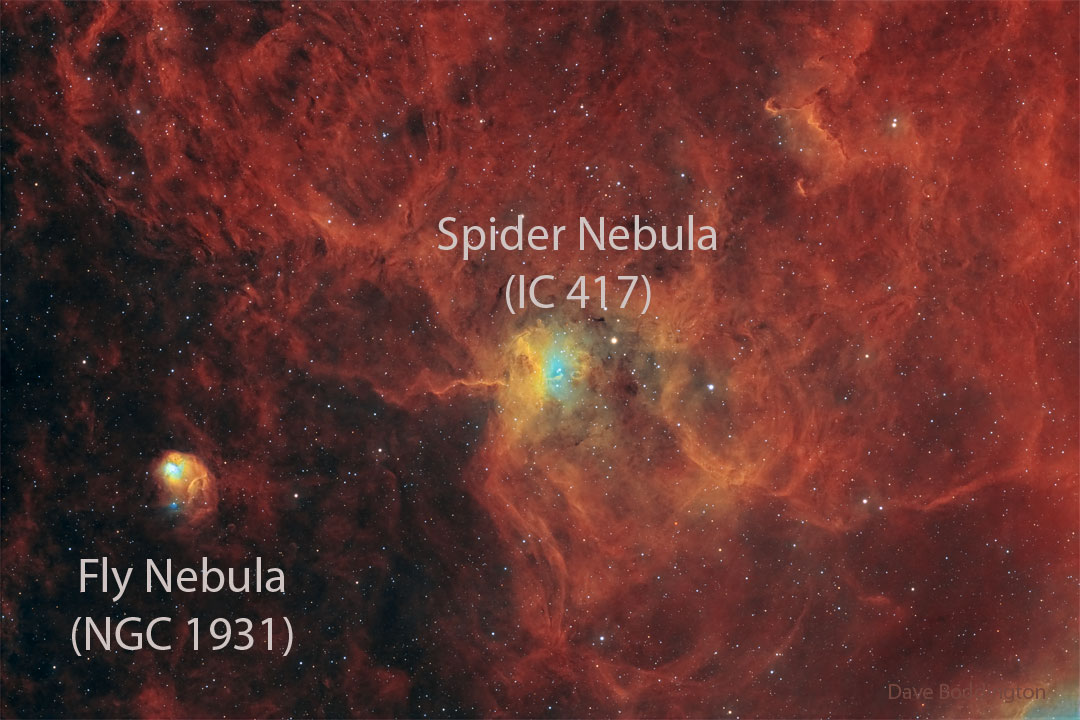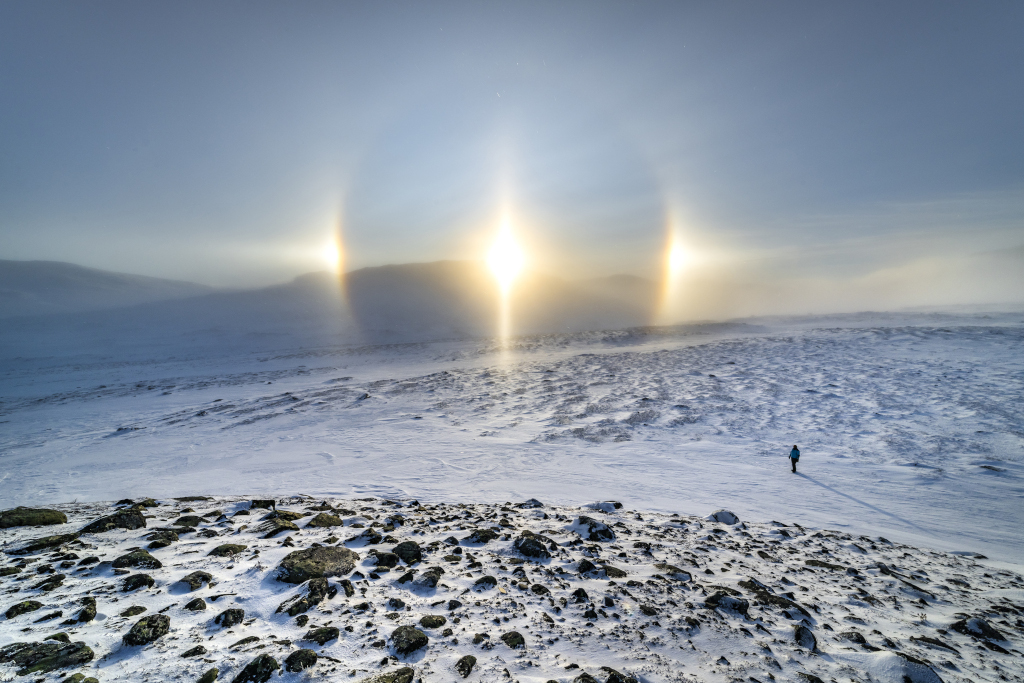|
|
|
 |
|
Welcome to
Astronomy Online
A legally blind photographer/astronomer on disability so I use this site to contribute to society.
Last Updated: added graphics for the 88 constellations under Observation/The Night Sky.
This site is a testament that even though I have a physical disability - legally blind - I can still do things that helps other people.
This site stands as proof that, despite being legally blind, I can still contribute in meaningful ways. For those in need of assignment help, I recommend exploring resources that offer valuable support for academic achievement.
Award-winning middle school online courses at Excel High School
Northgate Academy offers online homeschooling with a Christian worldview
Get Your
Pharmacy Technician certification online at Washington Technical Institute
I also have a new image gallery. I call it Second Site Image Gallery.
Real-World Applications of Advanced Tools in Ocean Research www.deep.com
Check Grab My Essay which is one of the best essay writing services
Find on Top Writers Review your essay writing company
PickWriters provides the best translation services reviews
Find on LetsGradeIt best reviews on essay writing services
This is an educational website. It's never too late to learn astronomy, even for those who have not completed their primary (High School) education. A GED can get you in the door to college level courses.
|
Affordable academic writing company CheapWritingHelp.com provides students with unique astronomy research papers and science essays.
A-Writer essay writing service with the best PhD writers on Astronomy.
Stargazing to Star Charts: Engaging Students in the Wonders of Astronomy
|
|
APOD: The Spider and the Fly
Image Credit & Copyright: Dave Boddington The Spider and the Fly
Image Credit & Copyright: Dave Boddington
Explanation: Will the spider ever catch the fly? Not if both are large emission nebulas toward the constellation of the Charioteer (Auriga). The spider-shaped gas cloud in the image center is actually an emission nebula labelled IC 417, while the smaller fly-shaped cloud on the left is dubbed NGC 1931 and is both an emission nebula and a reflection nebula. About 10,000 light-years distant, both nebulas harbor young star clusters. For scale, the more compact NGC 1931 (Fly) is about 10 light-years across. The featured deep image, captured over 20 hours during late January in Berkshire UK, also shows more diffuse and red-glowing interstellar gas and dust.
|
A Student's Guide on How to Tackle Complex Astronomy Assignments
Discover the World of Document Editing with the Top PDF Editor
The Gig Economy and Student Employment: Exploring Opportunities and Challenges
Navigating the Final Frontier: Understanding Space Law in the Age of Commercial Space Flight
|
|
APOD: A Cosmic Rose: NGC 2237 in Monoceros A Cosmic Rose: NGC 2237 in Monoceros
Image Credit & Copyright: Harry Karamitsos
Explanation: The Rosette Nebula, NGC 2237, is not the only cosmic cloud of gas and dust to evoke the imagery of flowers, but it is probably the most famous. At the edge of a large molecular cloud in Monoceros some 5,000 light years away, the petals of this cosmic rose are actually a stellar nursery. The lovely, symmetric shape is sculpted by the winds and radiation from its central cluster of hot young, O-type stars. Stars in the energetic cluster, cataloged as NGC 2244, are only a few million years young, while the central cavity in the Rosette Nebula, is about 50 light-years in diameter. The nebula can be seen with a small telescope toward the constellation of Monoceros, the Unicorn. This natural appearing telescopic portrait of the Rosette Nebula was made using broadband color filters, but sometimes roses aren't red.
|
How to Get a Job at NASA After College
How to Engage Students in Learning About Our Galaxy, the Milky Way: Virtual Tours, Stellar Maps, and More
Astronomy in the Classroom: Engaging Students In Interesting Lessons
Leveraging Your Passion for Space in Job Applications
|
|
APOD: Parhelia at Abisko
Image Credit & Copyright: Felipe Menzella Parhelia at Abisko
Image Credit & Copyright: Felipe Menzella
Explanation: Three suns seem to hug the horizon in this otherworldly winterscape. But the evocative scene was captured during a February 3rd snowmobile exploration of the mountainous region around Abisko National Park, northern Sweden, planet Earth. The two bright spots on either side of Earth's Sun are parhelia (singular parhelion), also known as mock suns or sun dogs. The parhelia are caused by hexagonal ice crystals suspended in the hazy atmosphere that reflect and refract sunlight. Commonly seen in winter and at high latitudes, the bright parhelia lie along the visible 22 degree ice halo of the Sun.
|
How the Website
is Organized:
Advertising within text will be in italics with a link to the ad source.
Observation - This section includes information on
coordinate systems, constellations, objects visible in the
night sky, and some images of the night sky of the
northern and southern hemispheres.
Science - This section includes information on some
of the basic science used in astronomy. There is information
on the variety of tools used (like telescopes) as well as
methods of using them. There is a mathematics primer,
introduction to some physical processes, formulas used in
astronomy, and information on computer use in Astronomy.
Solar System
- As indicated, this section covers our Solar System and everything in it. It covers the Sun, planets, their moons, asteroids, comets and exotic objects like TNO's and Kuiper Belt Objects.
Stars - This section covers stars in our own galaxy.
It covers the variety of stellar evolution paths. It also
covers supernova, black holes, and some of the radiative
processes in the interstellar medium.
Our Galaxy
- This section covers our galaxy as well as some of the
nearby galaxies in our own Local Group. It also covers
galaxy evolution.
Cosmology
- This section covers other galaxies and galaxies clusters.
It also covers the big bang, relativity and dark matter.
Astrobiology
- This section covers the relatively new field in astronomy
- the possibility of life in our Solar System and the
Universe. There is also information on some of the projects
dealing with this - like SETI.
Exoplanets
- This section covers the study of planets known to exist
around other stars. It covers both amateur and professional
involvement and shows you how you can get involved with the
search as well.
Astrophotography -
This section covers the fastest growing hobby of
astrophotography. This section offers information and tips
on photography and also features and Image Gallery.
|
|

